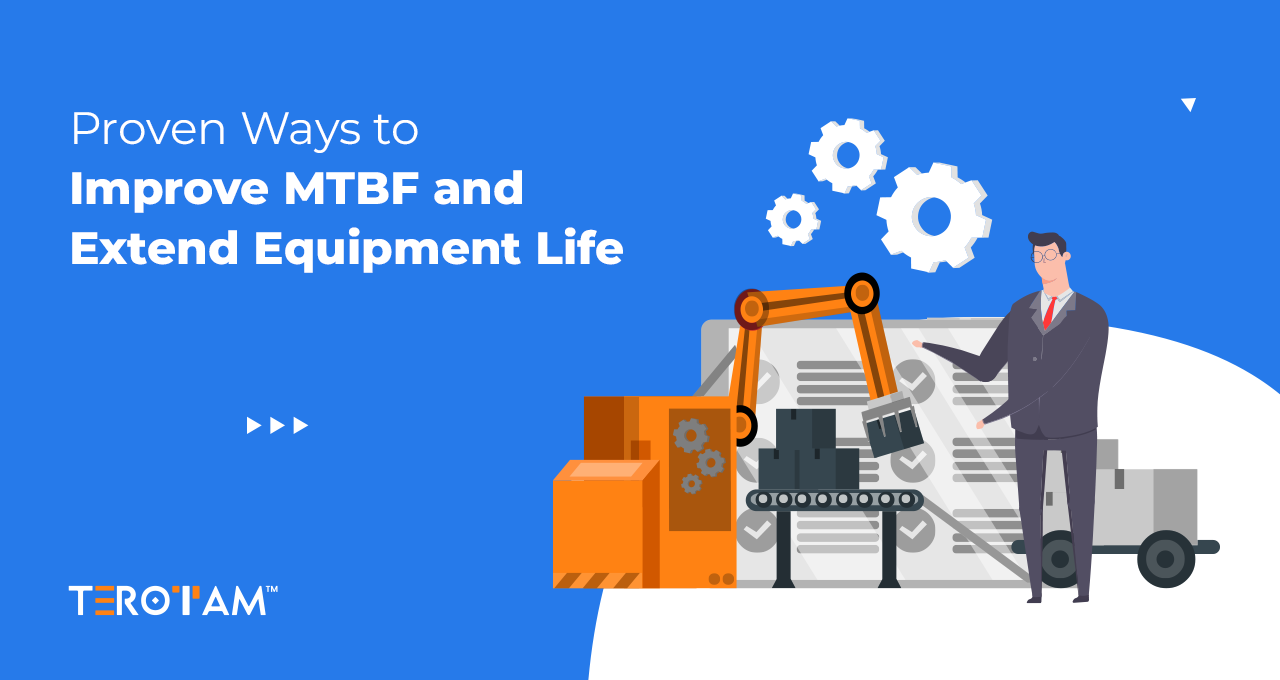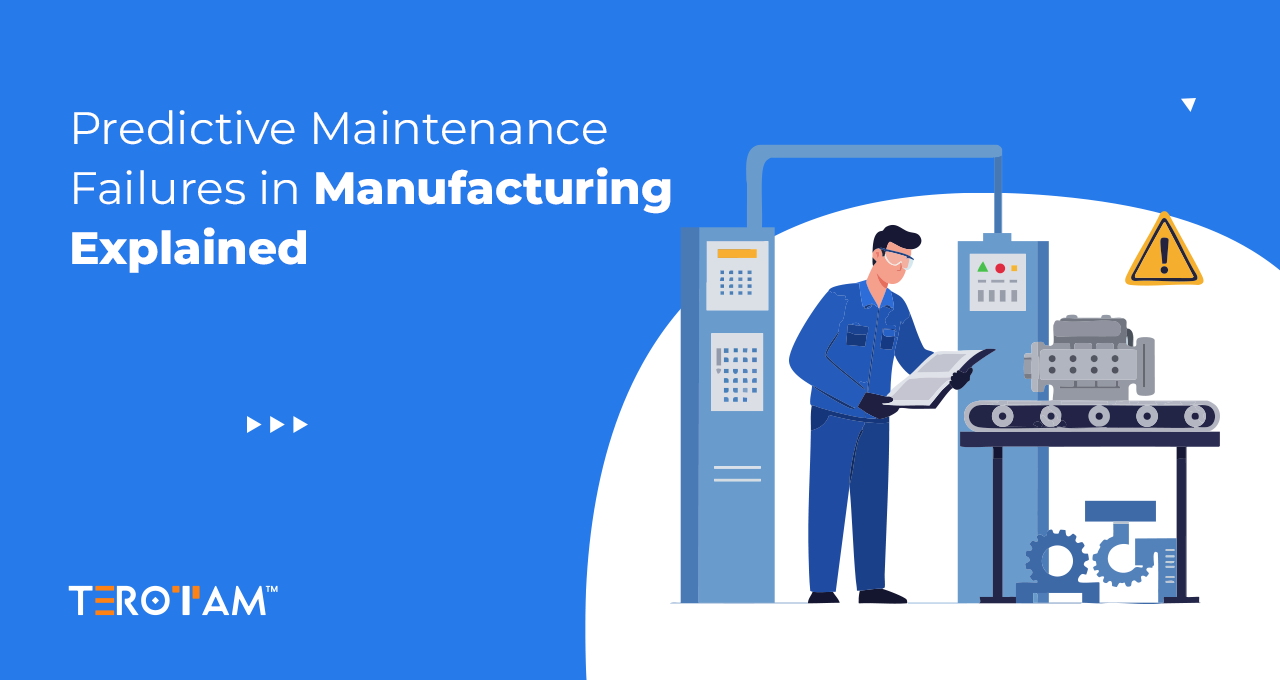Every business nowadays is looking for two major things: reduction in downtime and decrease in cost where it is controllable. In this process, most businesses have an eye on energy and maintenance costs, and they are focusing on solutions that help them reduce both matrices.
If we look at it statistically, a recent survey by a group of plant engineers has concluded that over 70% of manufacturing business facilities have seen a noticeable reduction in downtime and a 30% decrease in energy costs by implementing systematic maintenance strategies.
In this article, we will be focusing on this subject, discussing the importance of Environment Health Safety and Energy Conservation and how a CMMS system can help in achieving the desired results in this scenario.
Let’s take a look.
Understanding EHS & Energy Conservation
Regulatory compliance, workplace safety improvement and environmental impact reduction all require Environmental, Health, and Safety (EHS) as well as energy conservation. Legal obligations are not the only thing these two components should meet but also they need to be part of a sustainable business model which can adjust with society’s changing needs and wants as well as those in the marketplace.
There are three areas under EHS:
Environmental:
The focus here is on practices that minimize ecological impacts of operations; this includes waste management systems; hazardous materials handling procedures; pollution control measures aimed at conserving resources especially those of nature.
Health:
This aspect seeks to protect physical well-being among workers within their places of work; managing risks associated with occupational health like exposure to dangerous chemicals or ergonomic injuries due bad design among others falls under it too.
Safety:
Refers mainly to preventing accidents happening while working by protecting employees against any harm whatsoever during working hours. In order to achieve this goal full implementation of safety policies is mandatory together with regular inspections plus training programs targeting safe practices during emergencies should be conducted frequently.
Energy Conservation:
Its involves using less energy so that costs can go down alongside reduction in environmental impacts. The same service level may be maintained through efficient use where less energy is utilized or through decreasing consumption of energy services called for by ‘energy reduction’. Businesses will therefore optimize their operations to lower electricity bills by maintaining equipment properly, adopting renewable sources of power besides implementing devices/techniques which save energy.
EHS & Energy conservation strives not just towards meeting minimum requirements set by law but also creating safe workplaces that respect people’s health and ensure an eco-friendly world for future generations. These efforts when integrated into organizations greatly minimize operational expenditures while enhancing public trust towards such entities thus contributing positively towards environmental conservation. Proper utilization of CMMS will enable realization of these objectives because it provides an orderly way of managing maintenance activities in line with safety and sustainability agendas.
Why Do EHS and Energy Preservation Matter in Manufacturing Establishments?
The nature of their operations makes manufacturing facilities one of the biggest contributors to environmental impacts and energy consumption besides facing many safety as well as health challenges. In such settings, giving emphasis to Environmental Health Safety (EHS) compliance along with energy conservation is not only mandatory but also strategic because it has potential benefits:
1. Legal Avoidance through Regulatory Compliance
- Adherence to Laws: This ensures meeting all legal requirements hence avoiding penalties or any other form of punishment.
- Continuity of Operations: It helps keep business running by preventing regulatory failures that may result in shutdowns or limitations imposed on them.
- Access to Markets: By adhering widely acceptable EHS standards globally will enhance eligibility for international markets thus extending operational area.
2. Employee Safety and Health
- Preventing Injuries: Strict implementation of safety measures reduces number workplace injuries thereby cutting down associated costs.
- Promotion Healthy Workforce: Protects workers against occupational hazards; this therefore leads to healthier employees which lowers absenteeism rate while raising productivity levels among staff members.
- Morale & Job Satisfaction: When an employer demonstrates commitment towards ensuring a safe working environment; it tends to boost worker morale and satisfaction about their duties performed at such places.
- Cultural Protection: Creating a culture of caring for each other’s wellness within organizations through training programs among workers on how they can look after one another while on duty.
3. Cost Efficiency Operation Streamlining
- Energy Bill Savings: Saving Energy Bills Direct savings are made from reducing consumption through efficiency gains realized directly from within the processes themselves without having recourse outside help or advice being sought;
- Optimum Resource Utilization: Optimizing Resources Better use should be made out materials/equipment so that waste production can be controlled leading into lower operating costs being incurred;
- Cut on Downtime and Maintenance work: Making Maintenance Easier Lessening downtimes between repairs/maintenance activities carried out leads longer life spans achieved by machines used during these times apart from reduced breakages occurring thereby saving time wasted waiting around for them fixing themselves up again before continuing with production activities;
- Improving Processes: Quicker More Reliable Outputs Inefficiencies need be identified and eliminated where found within manufacturing systems which will result faster reliable outputs becoming available for use by customers.
4. Reputation Competitiveness
- Building Strong Brand: Creating strong market position through portraying commitment towards sustainable practices;
- Creating more Business Opportunities: Attracting new clients/partnerships interested in responsible practices like environmental conservation efforts among others so forth;
5. Sustainability Environment Care
- Minimized Environmental Impact: Less emissions/waste generated thus reducing ecological footprints left behind;
- Global Environmental Obligation: Supports global sustainability objectives as set out under various international agreements aimed at conserving natural resources while protecting our common habitat from further degradation;
- Conservation of Resources: Encouraging efficient utilization of earth’s materials thereby cutting down overall negative effects experienced on surroundings due to human activities such as manufacturing processes mentioned earlier on this text;
- Ecological Wellness: Over Time Ensuring a sustainable future for generations unborn through long term planet health awareness creation hence safeguarding it against any harm that might arise from current industrialization activities.
6. Business Viability into the Future:
- Preparing for Tomorrow: Adapting operations according changing times especially when it comes either environmental laws or market requirements hence ensuring continuity even in the face of these shifts;
- Innovative approach: Pioneer Promoting adoption newer approaches technologies capable spurring sustainable growth within different sectors economy while still remaining profitable ventures themselves;
- Financial Stability: Covers Possible Losses Lower risks associated with non-compliance resource scarcity climate change issues among other factors which could pose threats towards business survival over extended periods also supports financial wellbeing businesses over such longer durations too
How does CMMS Software help in EHS and Energy Conservation?
Computerized Maintenance Management Systems are very crucial in enhancing Environmental, Health, and Safety (EHS) compliance and enhancing energy conservation within any manufacturing facilities in following ways.
1. Streamlined Maintenance Processes:
With the power of automation in maintenance scheduling and maintenance tasks and their tracking CMMS improvise the overall efficiency.
- Schedules regular preventative maintenance to minimize equipment failures.
- Maintains detailed records of all maintenance activities.
- Ensures consistent performance of safety-critical equipment.
- Reduces downtime through effective maintenance planning.
- Automates work order management for maintenance tasks.
2. Enhanced Regulatory Compliance:
CMMS is a very useful tool when it comes to simplifying industry compliance with accurate documentation and standardized maintenance processes and work tasks. It ensures that all work processes comply with industry compliance rules.
- Automates generation and storage of compliance documentation.
- Standardizes maintenance tasks to meet safety standards.
- Facilitates easy access to documents during audits.
- Ensures timely completion of required safety inspections.
- Tracks regulatory compliance status in real-time.
3. Improved Asset Management:
Systematic asset management plays a significant role in improving overall life of equipment and their respective efficiency by providing descriptive insights of their performance history and maintenance track records with their energy consumption details.
- Extends the operational lifespan of equipment through regular maintenance.
- Optimizes performance to prevent energy wastage.
- Monitors health and status of assets continuously.
- Identifies underperforming equipment for timely repairs.
- Reduces environmental impact by managing asset disposal.
4. Safety Hazard Identification:
When it comes to safety and hazard management, the most important thing is to identify them and make strategies to cope with them. With in depth analysis and tracking and maintenance data CMMS provides noticeable information about potential risks and safety concerns.
- Tracks and analyzes incidents to prevent future occurrences.
- Flags potential safety issues for preemptive action.
- Manages and monitors safety risks associated with equipment.
- Integrates safety checks into routine maintenance schedules.
- Enhances worker safety through improved equipment reliability.
5. Energy Efficiency and Reduction:
Energy conservation is an essential component of sustainable operations. CMMS contributes to this by monitoring energy use and projecting maintenance requirements, allowing for modifications that reduce waste and improve efficiency across production processes.
- Integrates with systems to monitor real-time energy usage.
- Utilizes predictive maintenance to prevent inefficient energy use.
- Optimizes equipment settings to reduce energy consumption.
- Schedules operations to minimize peak energy demand.
- Identifies opportunities for using energy-efficient technologies.
6. Reporting and Analytics:
CMMS lets you take the data-driven decision making approach with its in-depth reports and analytical information. It helps you understand the effectiveness of your maintenance strategies, compliance with regulatory standards, how the energy consumption is taking place in current situations and all these lets you improve operational efficiency with strategic decisions.
- Provides detailed reports on maintenance operations and energy usage.
- Offers insights for continuous process improvement.
- Helps track progress towards EHS and energy conservation goals.
- Analyzes data to improve decision-making.
- Supports strategic planning with actionable intelligence.
Conclusion:
No wonder now, how important it is to focus on EHS and Energy Conservation and the way implementation of CMMS can make it more stronger and streamlined to achieve overall operational efficiency and cost effectiveness of your manufacturing facility.
Want to know more or discuss further? Let’s talk or share your thoughts at contact@terotam.com








